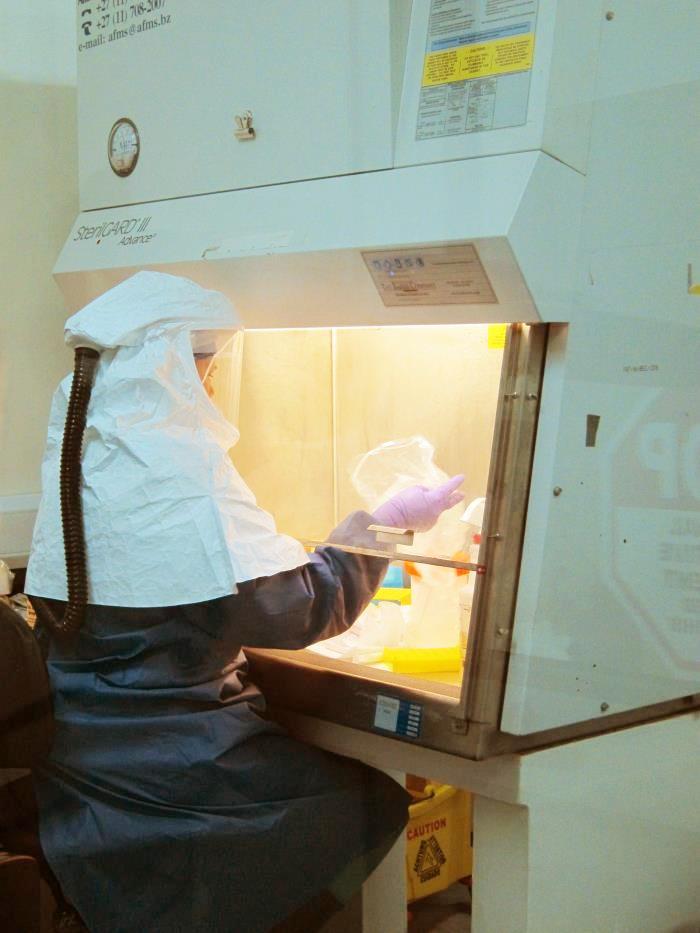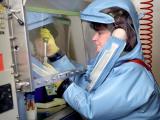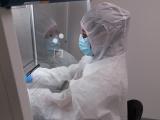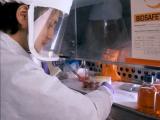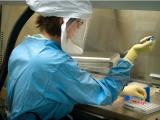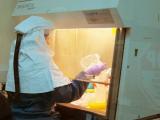The White House yesterday released a strategy to improve safety and security at the nation's labs that conduct infectious disease research, the result of a comprehensive review ordered in August 2014 in the wake of several incidents involving federal facilities.
Several safety lapses involving pathogens such as those causing H5N1 avian influenza, smallpox, Ebola, and anthrax have occurred at federal labs in the past few years, many of them highlighted in a series of investigative reports by USA Today.
Issued by Lisa Monaco, PhD, the president's assistant for homeland security, and John Holdren, PhD, the president's assistant for science and technology, the 187-page is addressed to top officials in 16 different government agencies.
In a related development, the Centers for Disease Control and Prevention (CDC) recently released a 90-day internal review of its select agents and toxins division.
Call for better protocols, transparency
The new White House report was the result of actions announced in August 2014 by the National Security Council and the Office of Science and Technology Policy.
They included a "safety stand-down" that was implemented to address their stocks of potentially dangerous pathogens, along with formation of an interagency group to comprehensively review the impact current select agent rules have on science, technology, and national security. The review included stakeholder listening sessions and sought input from experts and the broader public.
Reviewers found that the federal government has robust rules and practices that cover work with infectious agents, but several improvements could further mitigate the risks.
Recommendations released yesterday cover eight categories, along with several steps assigned to federal agencies and timelines for implementation. Categories include culture of responsibility, oversight, outreach and education, applied biosafety research, incident reporting, material accountability, inspection process, and regulations and guidelines.
For example, the report recommends that the Department of Health and Human Services and the US Department of Agriculture (USDA) by Sep 30, 2016, identify or pull together an entity to validate local policies, lab protocols, and plans to mitigate biohazards at research labs that are registered with the Federal Select Agent Program (FSAP).
Other recommendations cover transparency, suggesting that the FSAP release aggregate information on lab incidents annually and that federal and nonfederal biological select agent and toxin labs adopt policies that are as transparent as possible on agents used and lab incidents.
The report sets forth a three-step process to determine the appropriate number of high-containment labs needed in the United States.
In a White House blog post yesterday, Monaco and Holdren wrote, "These principles emphasize a commitment to protecting Americans and the global community, and ensuring a system designed to prevent dangerous actors from accessing or misusing sensitive biological material."
Experts weigh in on recommendations
Richard Ebright, PhD, a Rutgers University professor of chemistry and chemical biology who often speaks out on research safety issues, told media outlets yesterday that the White House recommendations contain positive steps. But he added that he was disappointed the report didn't suggest that select agent oversight be transferred away from the CDC and USDA to an independent group.
Meanwhile, Amesh Adalja, MD, senior associate with the UPMC Center for Health Security, told USA Today and ScienceInsider that an important element of the White House recommendations were that deadlines were spelled out for each step.
CDC unveils select agent review
The recent release of the CDC report, dated Oct 23, was prompted by a 90-day review directive from director Tom Frieden, MD, MPH, in July, following a series of incidents at FSAP facilities, including inadvertent transfer of live samples of Bacillus anthracis—which causes anthrax—and H5N1 virus from CDC labs to other labs.
The CDC said the internal review committee—headed by Stephen Redd, MD, with its Office of Public Health Preparedness and Response—included its lab experts, medical officers, and senior scientists.
It said its latest review dovetails with a work group's review in 2010 and makes nine observations along with 10 recommendations in three main areas: inspections, incident reporting, and transparency. The group found, for example, that some entities report that inspector skills and approaches vary, so they recommended checklist and training enhancements.
Reviewers also found that select agent labs don't have a standard process to identify the highest-risk activities. They recommended the development of a standardized risk assessment, with an independent science review group to provide recommendations on how to boost the timeliness and effectiveness of the review process.
Other recommendations included clarifying "release" terminology to better signify the level of risk to lab workers and the public, updated policies to include molecular diagnostic methods as options for confirming the presence of select agents or toxins, and increasing public reporting of inspection processes and findings without risking security.
See also:
Oct 29 White House lab biosafety report
Oct 29 White House blog post
Oct 29 USA Today story
Oct 29 ScienceInsider story
Oct 23 CDC 90-day internal review of select agents and toxins
Jul 22 CIDRAP News story "CDC to review lab safety; DoD paints anthrax leaks as system failure"
